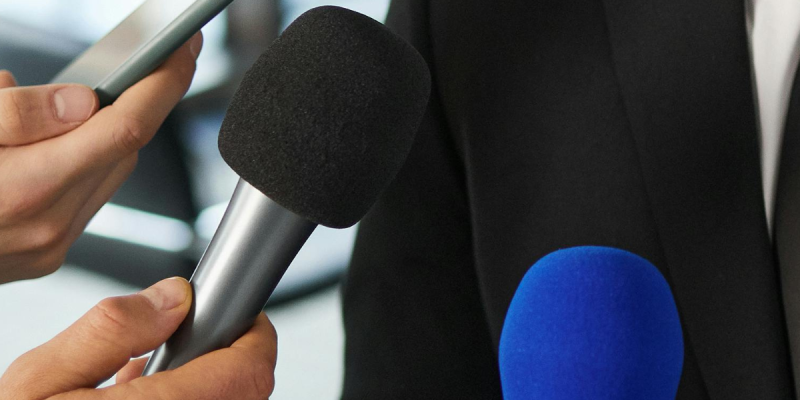This week I was reminded to take sun safety seriously – and to check your skin! – after having a suspicious sunspot removed from my nose.
And for this week’s ‘what’s noteworthy in PR’, we have many examples of damage control of a different kind. And like sun damage – avoidance is key. Because there is a risk that damage control will leave things never the same. Issues come when there is a significant gap between what people expect your communication, values, and language to be, and what they end up receiving.

Leaders and representatives are no longer expected to only be skilled in their craft. They are expected to also be skilled communicators who choose their words carefully and know when to speak and when not to speak. And when there is a gap between expectation and reality, then they become the news story.
For example, the NSW Police Commissioner’s media performance, and even her choice of media advisor, is the subject of many media stories and social media discussions. Her communication skills have become headline subjects, and are distracting from the important work that NSW Police do.
Avoidance would have been better, but the damage control hasn’t corrected it.
Another example this week, a headmaster’s provocative comments in a letter to parents has become a widely reported negative story that has people talking. This was completely avoidable, and lacking damage control (probably unaware of their conceit and lacking an understanding of who is a true victim).
Avoidance would have been better, and the damage hasn’t been addressed.
Another example this week: the CEO of a listed gaming company was forced to resign over appalling comments. He apparently said he could perform an indecent act on a female regulator if she handed them a lucrative licence. The company very quickly investigated and saw to it that he left without any payouts or bonuses, and they did not attempt to cover up the reason for his leaving.
This damage control was firm, swift, and transparent – and a little uncharacteristic for a listed company. They understood what was expected of them in the damage control, and committed to it.
Avoidance would have been better, but the damage control was well-executed. And while lasting damage is still there, it would have been far more significant and drawn out, if their response was not as robust.
And finally, an online course is being promoted via a competition with a chance to win a house. The hype was characteristic of the personal brand attached to the course, and the negative media coverage that came when the media started to read the terms and conditions of the disingenuous competition, would have been damaging – except there wasn’t an expectation gap. While there was a perfunctory response to the negative attention, the drama, controversy and grandiosity were not unexpected by their target audience. And so while there are many detractors, there likely won’t be damage to much of the target audience.
In all communication from leaders, avoiding the expectation gap is key. Because there is always a risk that damage control will never leave things the same – even when done well.
Need help with your brand communication strategy? Get in touch with Pure Public Relations today to learn how we can help you.

